Today we pick up the trail with five days left, on the first of my two Japan Winter Wonderland Tours for 2014. We start on the last morning photographing the Whooper Swans at Kussharo Lake, before leaving town for an hour at Sulphur Mountain and then start to drive over to Rausu for three days of shooting the Steller’s Sea Eagles and White-Tailed Eagles.
This episode is brought to you by Squarespace, the all-in-one platform that makes it fast and easy to create your own professional website, portfolio or online store. For a free trial and 10% off, go to squarespace.com and use offer code MBP.
OK, having spend three days with the Snow Monkeys in Nagano Prefecture, then flew to Hokkaido and started with two days photographing the Red-Crowned Cranes and then two more days with the Whooper Swans. Having visited Bihoro Pass on the previous morning, as we heard in part #1 of this tour update, on this last morning at Kussharo Lake we headed back to the lake in the hope of getting some fly-ins.
In this shot you see a large flock of Whooper Swans as they flew from their roost, probably down to Kotan, a small corner of the lake that we also visit while here. This was shot at 70mm with my 70-200mm lens, though it seems wider. It was a pretty cool scene though, as the sky seemed to fill with swans.
The Whooper swans are a beautiful large bird. Not necessarily magnificent or majestic like the red-crowned cranes or sea eagles, but beautiful all the same. I think the best Whooper Swan shot of mine from this year was from the first day with them on tour two, so we’ll take a look at that in a few weeks as we get into that update.
After an hour or so of swans we went back to the hotel for breakfast and checkout, then drove just five minutes down the road to Iouzan, or Sulphur Mountain for an hour or so, to photograph the apocalyptic scenes as steam spews out of the yellow sulphur stained fumaroles.
I’ve got heaps of shots from this location, as you’d imagine, but the wind direction is always slightly different, presenting us with slightly different opportunities each time. I like to wait for moments of clarity like this but when the sun is breaking through the steam a little, to create these lovely layers of detail. This (above) was run through Nik Software’s Color Efex Pro to enhance the steam and bring out a little more detail in the rocks.
On the way over to the Rausu Fishing Port, we stopped at a location that I know there’s an Ural Owl’s nest, and we were lucky to find him home (right).
I shot this at 747mm, with the 200-400mm lens with the integrated 1.4X extender, with a second external 1.4X extender fitted. The image quality is still incredible. On the second tour I tried the lens with the internal extender engaged and the 2.0X external extender, which is also usable at a push. Remember I’ll be releasing an in-depth review of that lens in a few weeks, so stay tuned for that if you’re interested.
As usual, on the way over to Rausu we also stopped at the Notsuke Peninsula to photograph the Ezo Deer. Here we see some does rearing up on their hind legs and boxing. For this shot I left the Extender disengaged and shot at 400mm, so that I could include more of the environment; the extended heard and the grassy plane on which these deer live, and the wintry trees in the background.
Behind the Notsuke Nature Center we also came across this lovely Northern Red Fox that was probably being fed by visitors to the centre, as he came quite close to us and didn’t seem too skittish.
Unfortunately it looked like the crows or eagles had decided his tail was either a toy or a source of nest material, as it was really straggly, and not he usual bushy tail that is the trademark of these lovely animals, so I cropped this shot off for a closer portrait rather than trying to document the entire animal.
My suspicions were confirmed on Tour #2 when we found him still hanging around the nature centre with his straggly tail. It’s great as a source of photos but sad that he has become so dependant on humans, who should really know better.
After this, we started the hour or so’s drive over to the hotel in Rausu where we’d spend three full days, hoping to go out to photograph the Sea Eagles from a boat. There had been little snow this year though, and in general the weather was much warmer than usual, so I was quite worried about my conversation with the skipper of the boat that we use, and I usually have that first conversation by phone as we sit on the bus at this end of this first day in the area.
The sea-ice doesn’t necessarily depend on it being cold, as it drifts down from the eastern coast of Russia rather than forming here in Rausu, but it does have to round the tip of the Shiretoko Peninsula and work it’s way down into the Nemuro Straits between Shiretoko and the Kuril Islands.Usually the sea ice starts to work down into the straight from mid-January, but the word was that it hadn’t done so yet by Feb 3, so it was more than three weeks late already.
My conversation with the skipper gave us the start of a plan, as we were going to head down towards the end of the peninsula with a second boat with another tour group on. That other group had been in Rausu for a day already but had no luck so far. The following morning started with a conversation with the skipper telling me that there was still no sign of the ice and he didn’t want to go out.
Luckily for my group I don’t give up easily, and finally after a long phone call talked him into taking us out and trying to get some eagles around the boat by throwing fish out onto the outer harbour wall. He was refusing initially, saying that it wouldn’t work, but after a while he gave in to my persistence. The other group’s leader was obviously not so persistent, and I don’t believe he spoke Japanese either, so I certainly had better negotiating tools, and the result is that the other group left without going out to shoot the eagles.
We ended up having no ice for all three days in Rausu, but you know what, we had a pretty amazing time shooting the sea eagles anyway, as they came down in good numbers for just a few fish that we threw out, and the group went away happy with their experience and very happy with their photos, so I’m pleased I was able to save the situation for them.
Here’s the first of a few of my shots that I made during these three mornings. This one from the first day is another tight crop that I’ve become quite partial too. When I first started to almost accidentally shoot this kind of tightly cropped eagle shot, it was almost out of necessity, as I was shooting with prime lenses, often with an extender fitted, so I had no way to pull back quickly. Now, with the 200-400mm I’ve got all the freedom I need, but still find this kind of image appealing. For this shot I was out at 560mm at f/8 for 1/2000 second exposure at ISO 400.
As we tried to shake it up over the three days without ice, in addition to throwing fish up onto the harbour wall, we also threw fish down into the sea. Something that the skipper also thought would not work, but I know that frozen fish stays near the surface for a while, and actually enabled us to get some much more natural shots than the sea eagles swooping down and taking their “prey” from the snowy surface of the sea-ice. Of course I’d have preferred to have had the sea ice, but in the situation we found ourselves in wasn’t that bad at all.
Here’s a shot from the third day with a White-Tailed Eagle swooping down over the sea, coming in to where he can see his fish just below the surface. This was shot at f/10 for 1/1000 of a second at ISO 500.
This last shot from Rausu is another Steller’s Sea Eagle having just caught his fish. I like the way we still have the water droplets in the air in this one, adding a sense of action, and again, the image quality with the 200-400mm lens in off the charts. I’ll include some 100% crops of the face of the eagles in my review to show you just how good it is.
So, as you will have seen by the lack of snow at the Sochi Winter Olympics, and may have noticed by the warm weather many northern areas have had, coupled with unusually cold weather much further south than usual, including record snow levels in Tokyo, the weather seems pretty screwed up this year, but we didn’t let it spoil our trip.
After Rausu, we drive around the base of the Shiretoko Peninsula to the town of Utoro on the other side. On the way, we stop to shoot these ethereal or in this case somewhat spooky tree photos, by moving the camera downwards as we release the shutter.
This is a fun technique, and we all look like a bunch of Japanese tourists bowing like crazy at the side of the road as we make these images. It’s more a bit of light-hearted fun than anything, but the results are always pleasing. To do this, we stop the aperture down to around f/16 or f/22, trying to get a shutter speed of around 1/25 of a second, and simple release the shutter as the base of the trees enters the frame as we quickly move the camera downwards.
Despite the lack of sea-ice in Rausu, in Utoro on the other side of the peninsula, the sea was packed with it right out to a thin line of sea on the horizon, as we can see in this photograph. Here a river makes it’s way out from under the frozen snow on it’s way down to the sea. Deer prints add a nice pattern to the base of the water, and I did a two minute long exposure here to add that cloud movement and smooth over the water, and I converted this to black and white in Nik Software’s Silver Efex Pro.
A great evening in the last hotel of the tour with great food and a great group left us with one last morning of photography in the Shiretoko National Park on Feb 7 before we drove to the airport. As usual, on the bus on the way to the airport I recorded a comment from each member of the group that wasn’t too embarrassed to speak, and I’ll play that to you now.
<< To listen to the recording use the audio player above, download the audio, or subscribe in iTunes with the links at the end of the post >>
As we left Hokkaido after Tour #1, they had some incredibly heavy snow storms keeping many groups in their hotels and messing up itineraries left, right and centre. The second new record snow fall around Tokyo would cause us problems for our Snow Monkey visit, but again an aversion to failure and a tough tour group ensured that we made the most of the situation again, as you’ll here next week.
Note that we are already taking bookings for the 2015 Winter Wonderland Tours, so if you’d like to join us, go and register at https://mbp.ac/ww2015 or click on the link in the menu at martinbaileyphotography.com for details.
Show Notes
Details of the 2015 Snow Monkeys & Hokkaido tours: https://mbp.ac/ww2015
Music from Music Alley: http://www.musicalley.com/
Subscribe in iTunes for Enhanced Podcasts delivered automatically to your computer.
Download this Podcast in MP3 format (Audio Only).
Download this Podcast in Enhanced Podcast M4A format. This requires Apple iTunes or Quicktime to view/listen.

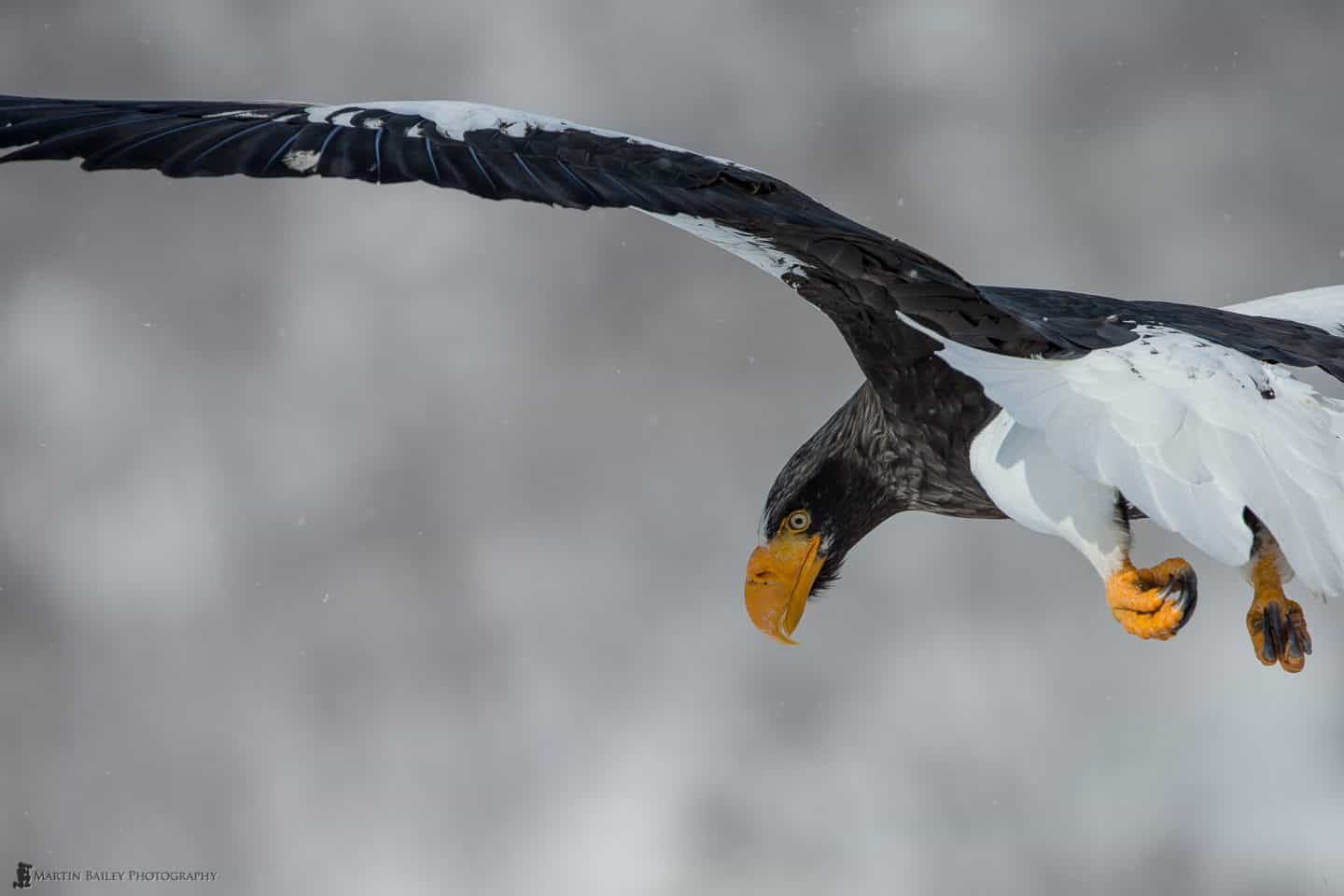
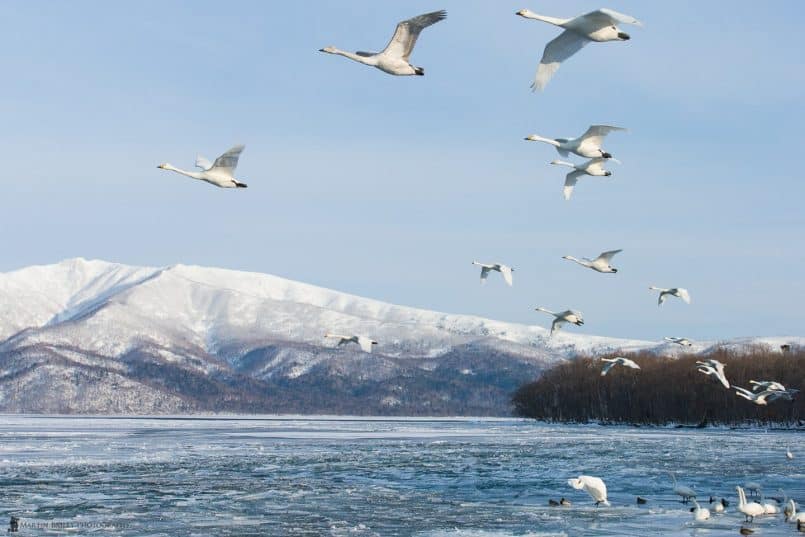
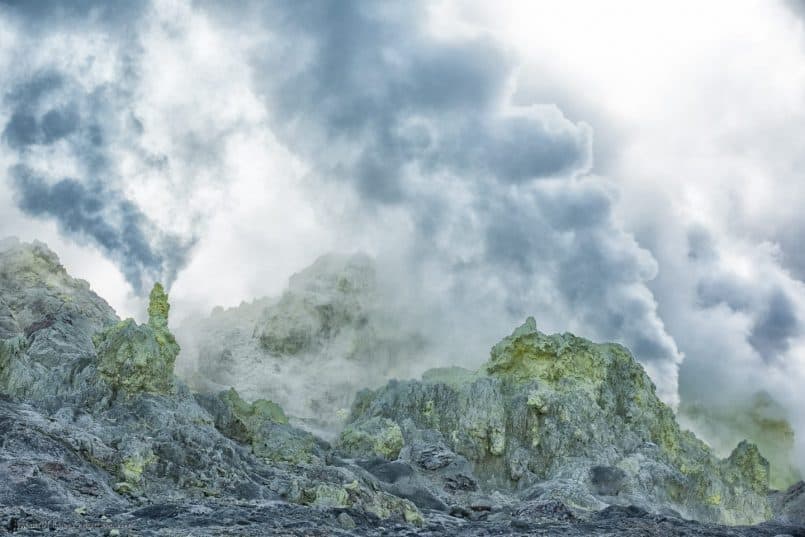
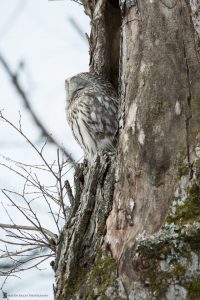
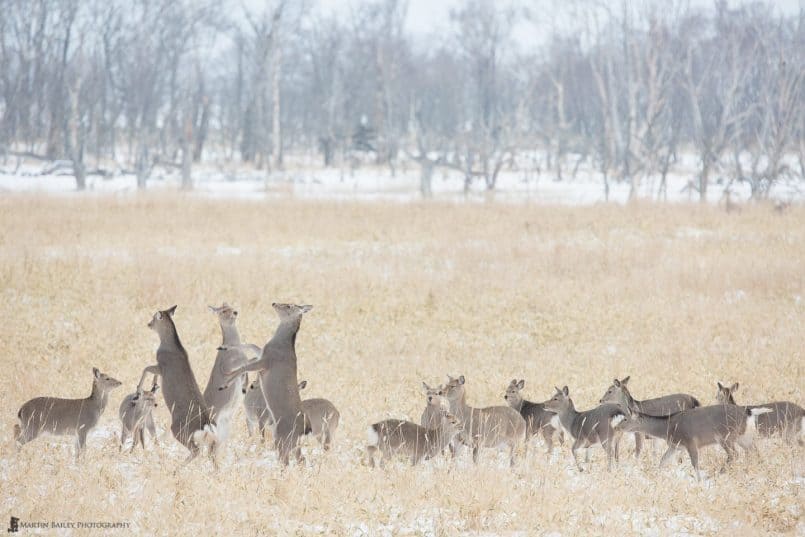
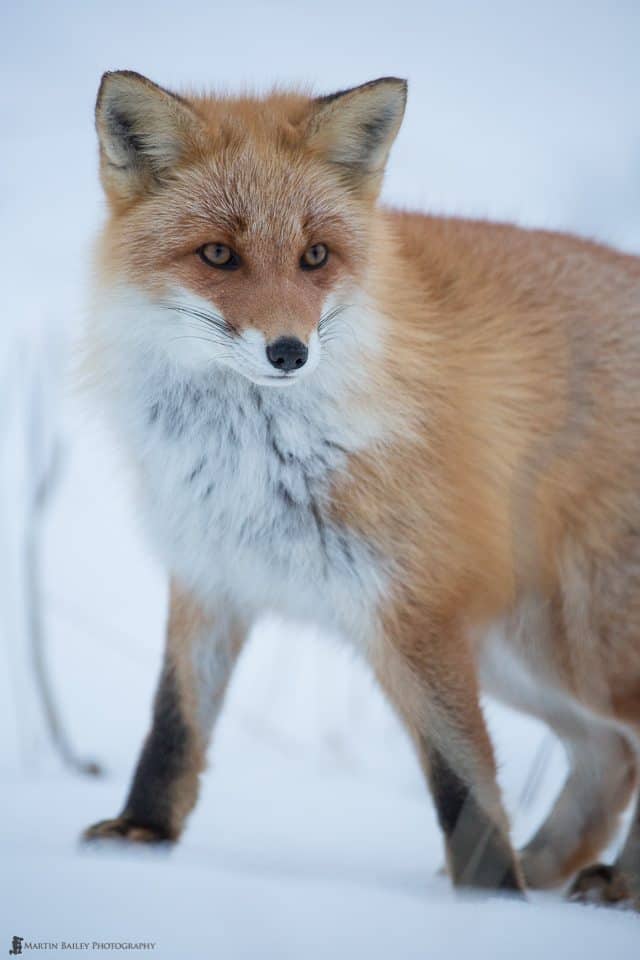


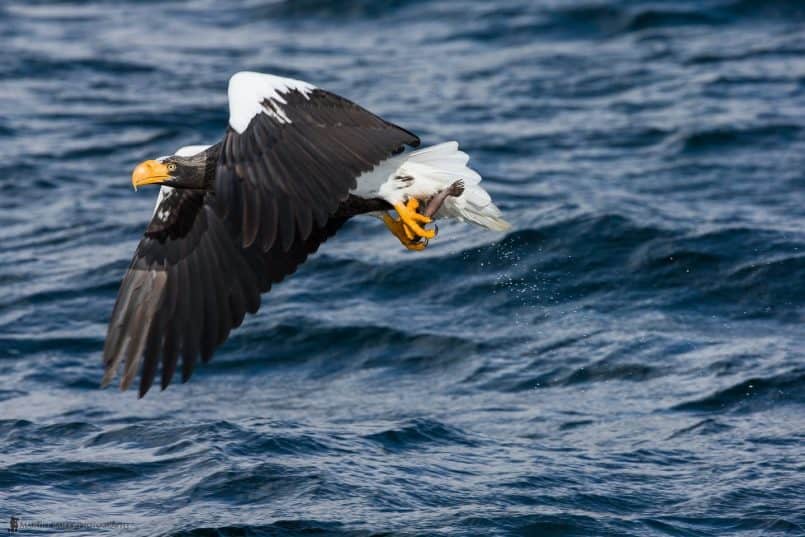

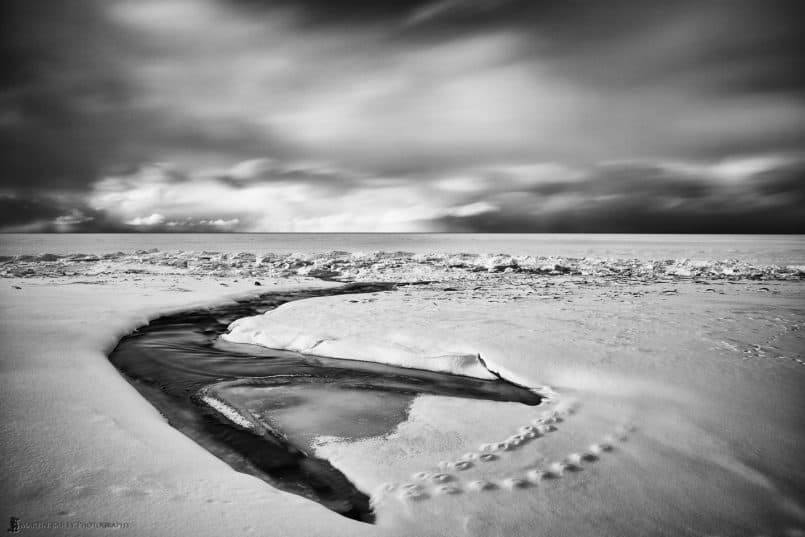


Have you ever considered creating an ebook or guest authoring on other blogs?
I have a blog centered on the same topics you discuss and would love to have you
share some stories/information. I know my readers would appreciate your work.
If you are even remotely interested, feel free to send me an e-mail.